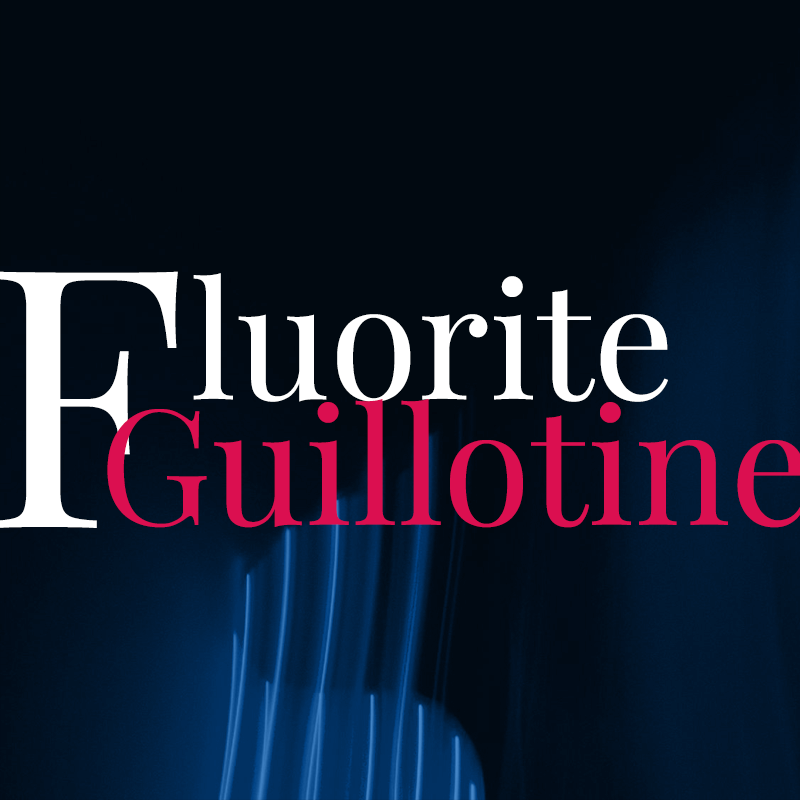When combat starts, why does the wizard not simply cast their biggest spell?
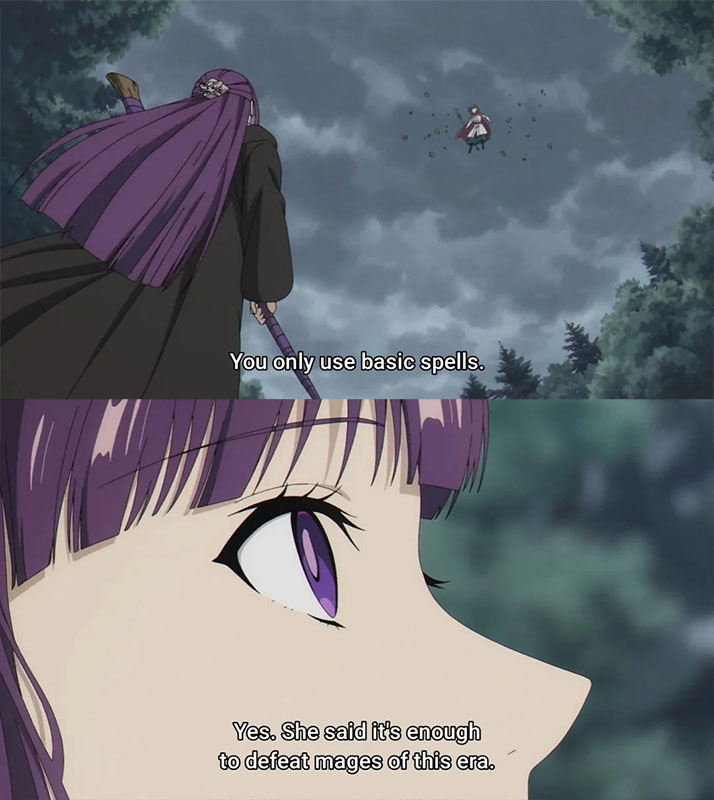
Magic as Ammunition
The magic system of Dungeons & Dragons is (in part) based on a series of fantasy novels called the Dying Earth series by Jack Vance. Wizards memorize a limited number of spells, and when they cast them, they forget that spell. One of the reasons this concept worked well for them is because OD&D was a riff on wargaming: spells were ammunition to be used by a specialized unit. This paradigm of consumable spells combines with the leveling system to produce magic users that have lots of smaller spells and fewer big spells.
Vancian magic is not the end of the story, but it is a large contributor to the landscape of wizardry. Even games that don’t cause you to forget spells still treat magical power as limited ammunition. For example, in The Elder Scrolls III: Morrowind, this power is called “Magicka” and an amount is consumed each time you cast a spell. The only way to recover Magicka is by resting, similar to the way Vancian wizards re-memorize their spells each day.
Magic as Engine
The opposite of “number go down” is “number go up”. Some magic systems start the wizard with no resources and require the mage to build up mana or power in order to cast spells. From my experience, this is less common in tabletop roleplaying games and more common in video games. The biggest example I can think of, however, is Magic: The Gathering. By playing “land” cards or magic rocks, each player increases the amount of mana they have available each turn. As the game goes on, they are able to cast more expensive spells.
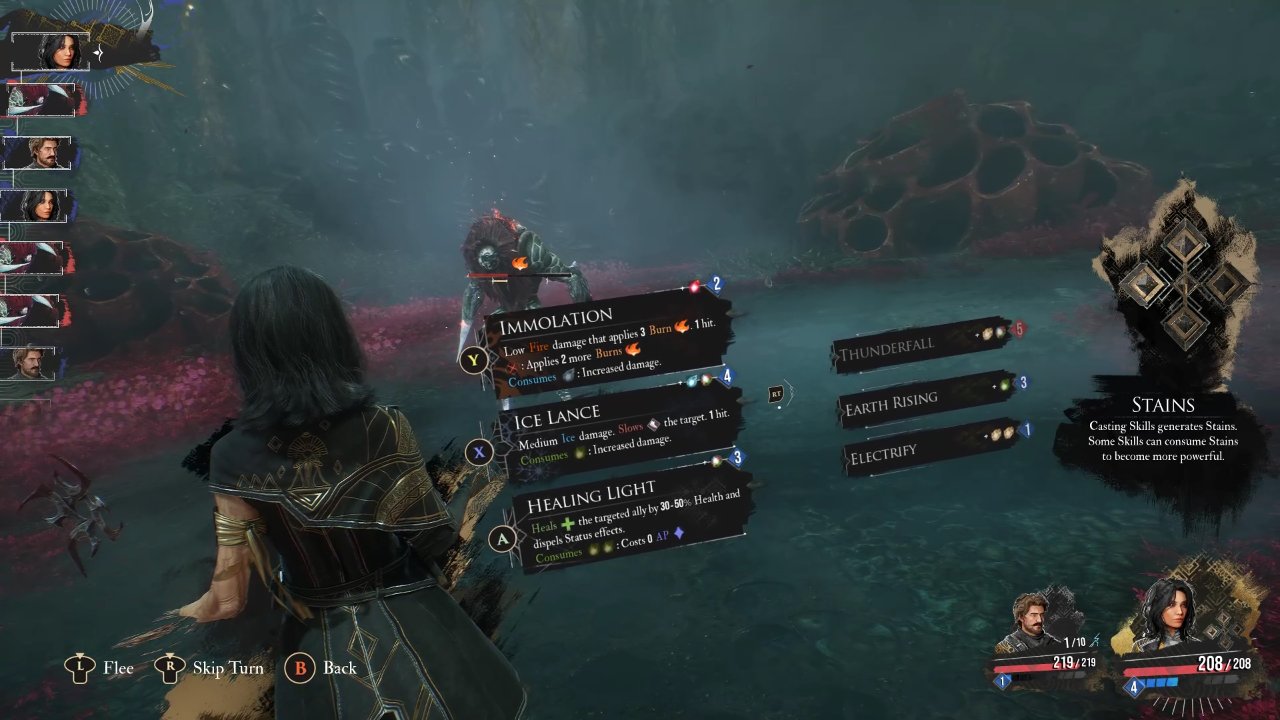
Video games tend to abstract resource management and generation so as to unify all characters and units under the same “action point” or “skill point” system. However, they often supplement the standard resources with character-specific sub-systems. Lune from Clair Obscure: Expedition 33 generates stains which she can spend to supercharge her spells. In Final Fantasy XIV, Summoners generate element attunement buffs, which allow them to cast spells of a particular affinity.
System Consequences
Fundamentally, both of these treat magic as a consumable resource.
Magic-as-ammunition causes wizards to start the day at full power and become weaker over time as they use their magic. Ostensibly, this incentivizes players to ration their spells out, because they don’t know what dangers they might face before they get a chance to refresh their reserves. In personal experience, this often falls apart due to the frequency of long rests. A discerning wizard notices that the DM is only pitching one big combat encounter per day and starts throwing out spells without worry.
Magic-as-engine causes wizards to start the day “empty” but allows them to work for their magic by building up resources over time. The rails on this system are much more rigid: mages are only capable of casting smaller spells at first or at the very least, they must delay spellcasting if they want their first attack to be a big one.
Here’s the problem: I love casting spells.
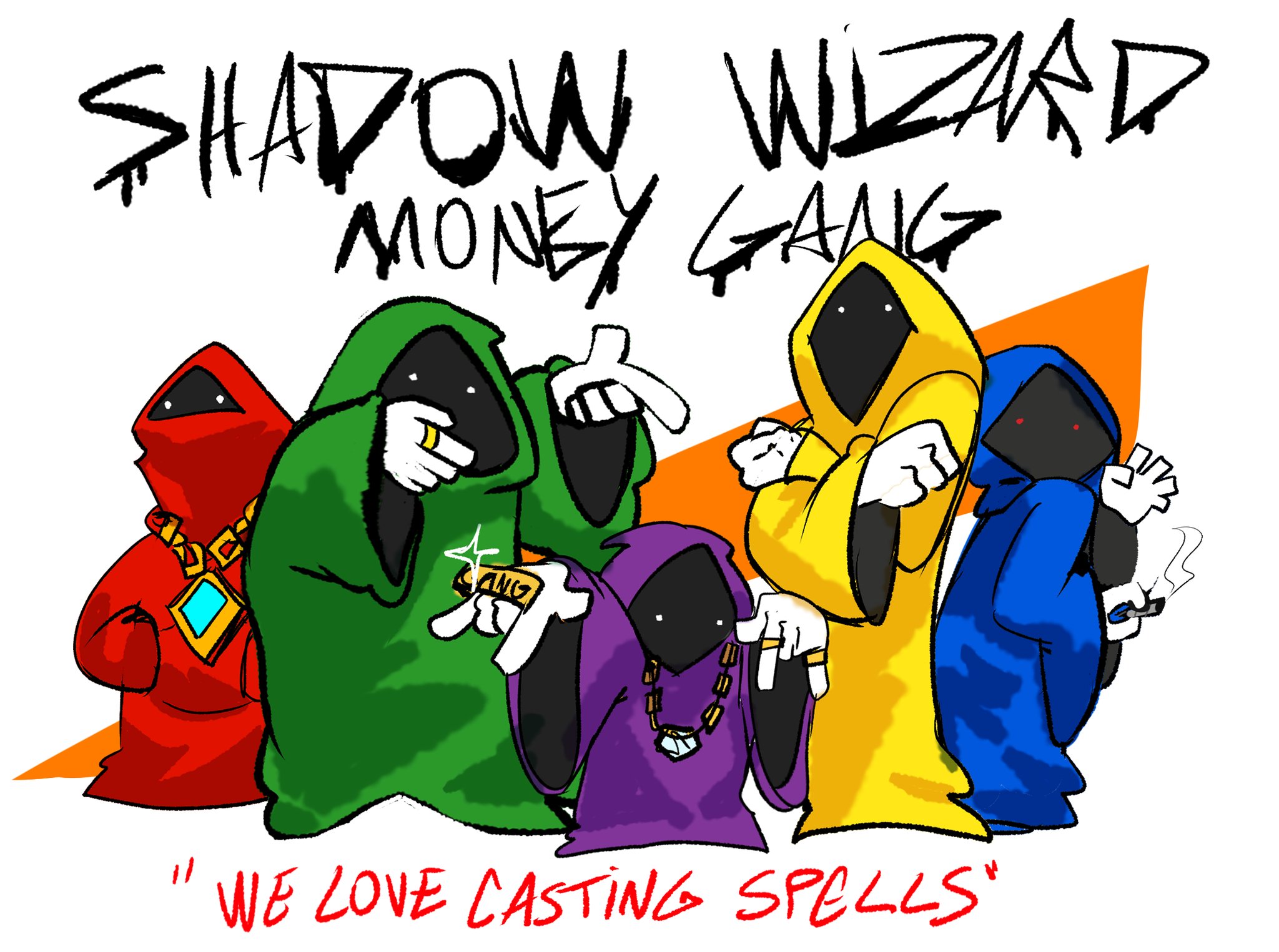
Shadow Wizard artwork by Stariaat
The Problem & Solutions
Casting the biggest spell first is not a problem the first time it happens. There are a lot of action movies where the heroes fire all the big guns first before the climax, leaving them with their wits and a sidearm. This works because it happens once during a story and not at every combat encounter.
Some games solve the problem by making all spells relatively equal in size. This is magic-as-anarchy; the example that comes to mind is ICON, whose wizards (wrights) cast a variety of elemental magic. All roles have access to the same universal resource (heroic dice) which they spend in different ways, but wrights can spend theirs to add damage or size to any spell. The biggest spell is simply whichever one they choose, and they start combat with heroic dice so they can boost an attack immediately.
I enjoy magic anarchy as much as the next girl, but I also want to preserve the feeling of having a true biggest spell while also being able to cast as many spells as I want. In order to have my cake and eat it, I propose a system I found in the Sentinel Comics RPG.
GYRO
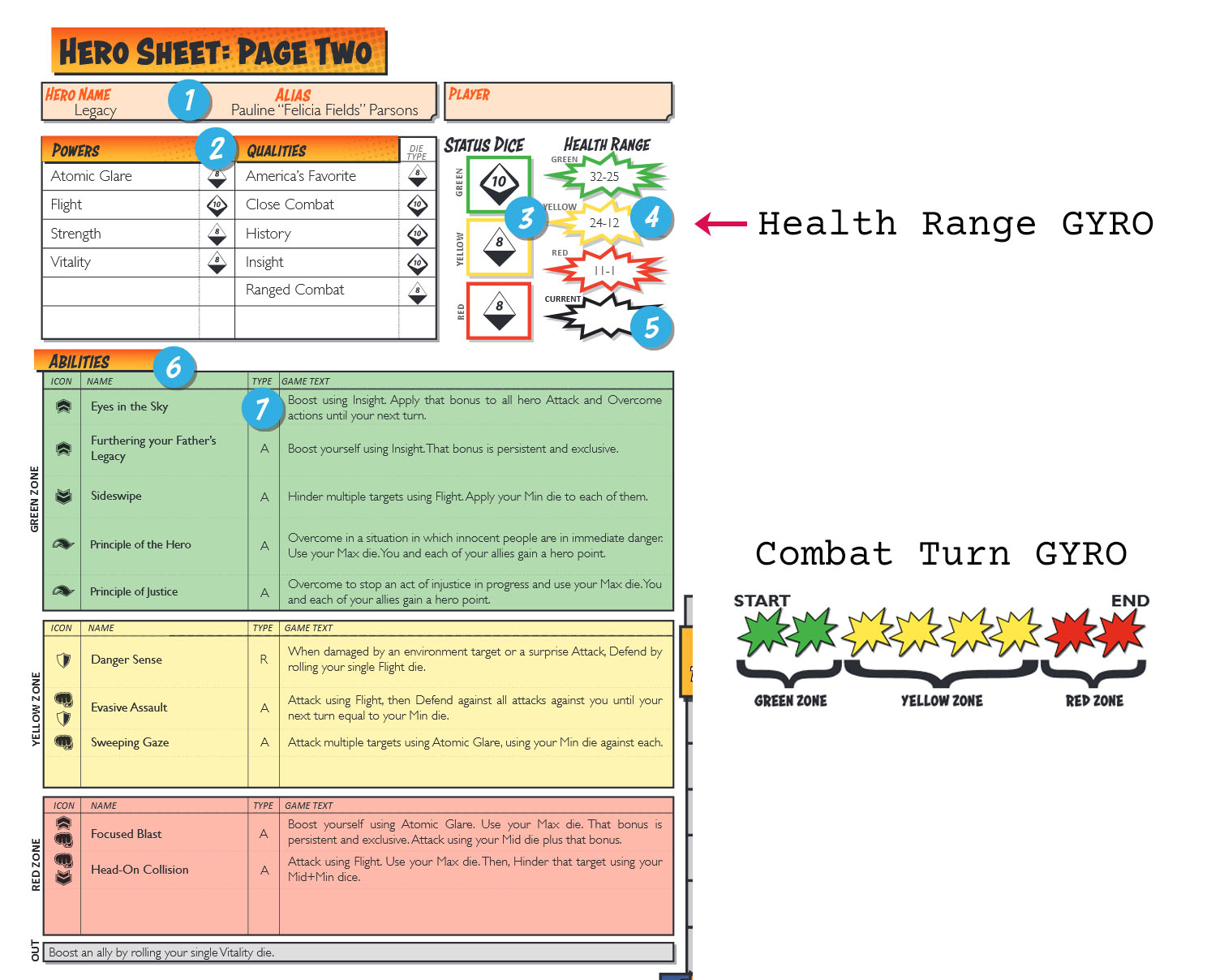
Sentinel Comics is a game about “silver age” superheroes: four-color action and narrative rather than simulation. In its pursuit of superheroic narrative, the system groups health, status, and abilities into three categories. Green, Yellow, Red, and “Out” — the fail state — are used to determine which status die and which abilities a character has access to. Status is used to represent how well the hero handles certain levels of pressure, and is added to a dice pool when taking a basic action. Abilities modify a normal basic action in a specific circumstance, and usually provide a wider application or better die result.
A character’s individual GYRO level is determined by two factors. First: a character’s total health is divided into three ranges, with the highest range being green and the lowest being red. The current health of the character is one half of the GYRO determinant. The other factor is the amount of turns a combat scene has been happening: the first two turns are green, then it turns yellow until the seventh turn, which is red for two more turns before Something Terrible Happens. The character’s GYRO status is whichever factor is further along. If their health is in the yellow range, but the combat turn is red, then their GYRO is on red.
Characters use the status dice corresponding to their specific GYRO level, and they can use the abilities of that level and any higher level. For example, if their GYRO is yellow, they use the yellow status die (in this case, a d8), and they can use both yellow and green abilities.
“Isn’t this just another magic-as-engine?”
Yes. Sortof. It’s more like sails on a boat.
GYRO preserves the hierarchy of abilities, so you can have “bigger” spells while still preserving your ability to cast as many spells as you want. The engine is removed from your control, but it’s also semi-predictable. The combat turn tracker means that important, extended fights are going to empower you to deploy bigger abilities, while the health range helps ensure that even if you start to die in the earlier turns, you’ll have access to those spells. Characters also have the option to use lower-GYRO abilities at the cost of accepting narrative “twists” — essentially devil’s bargains.
Sentinel Comics is a system that has lived in my head rent-free since first reading it. I think the GYRO system achieves the narrative tension a lot of games are seeking without trying to justify it through diegetic mechanics. The reason the wizard doesn’t cast the biggest spell first should simply be because it’s not exciting — not because they’re trying to ration their ammo or build up a power base.
